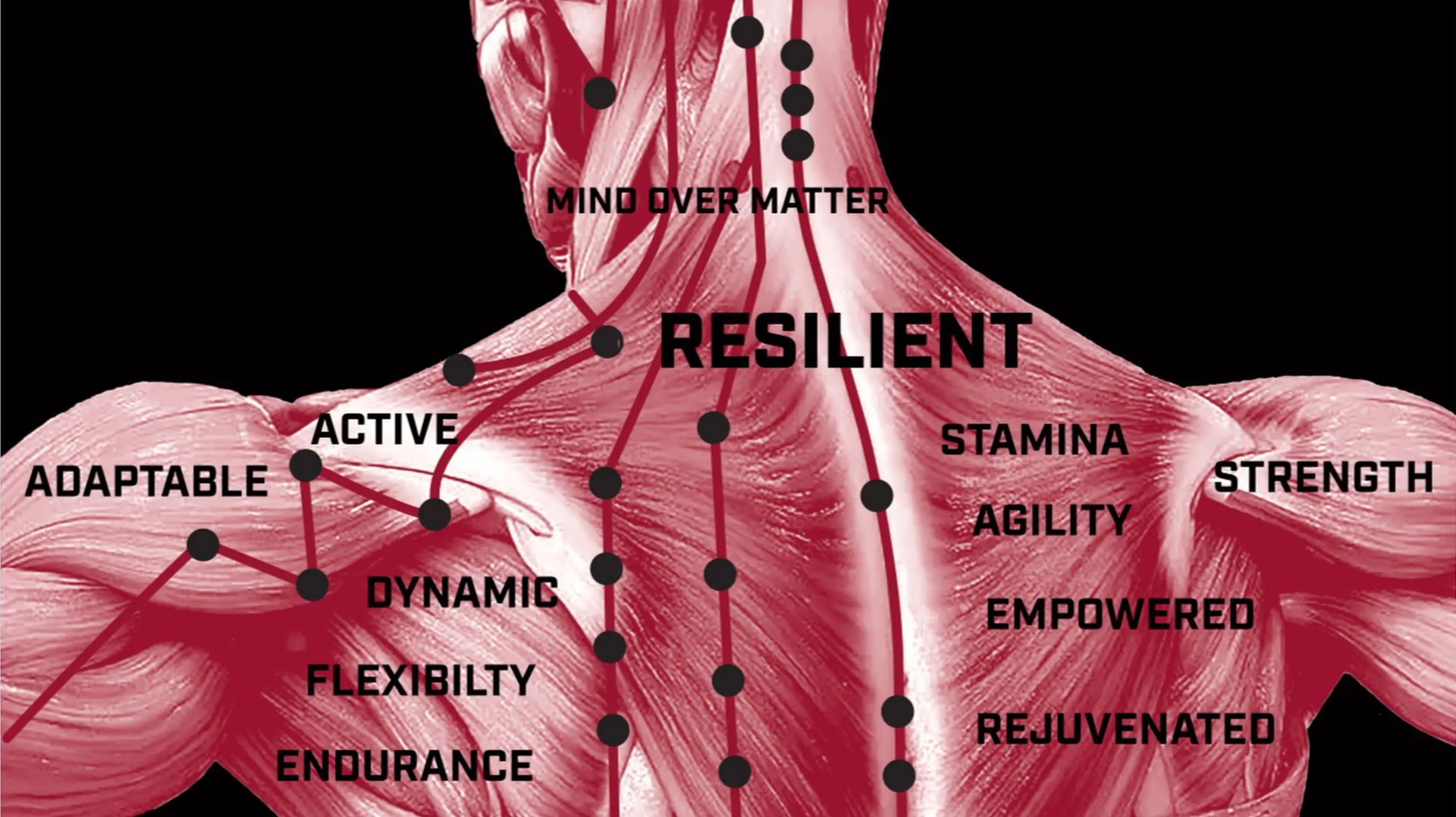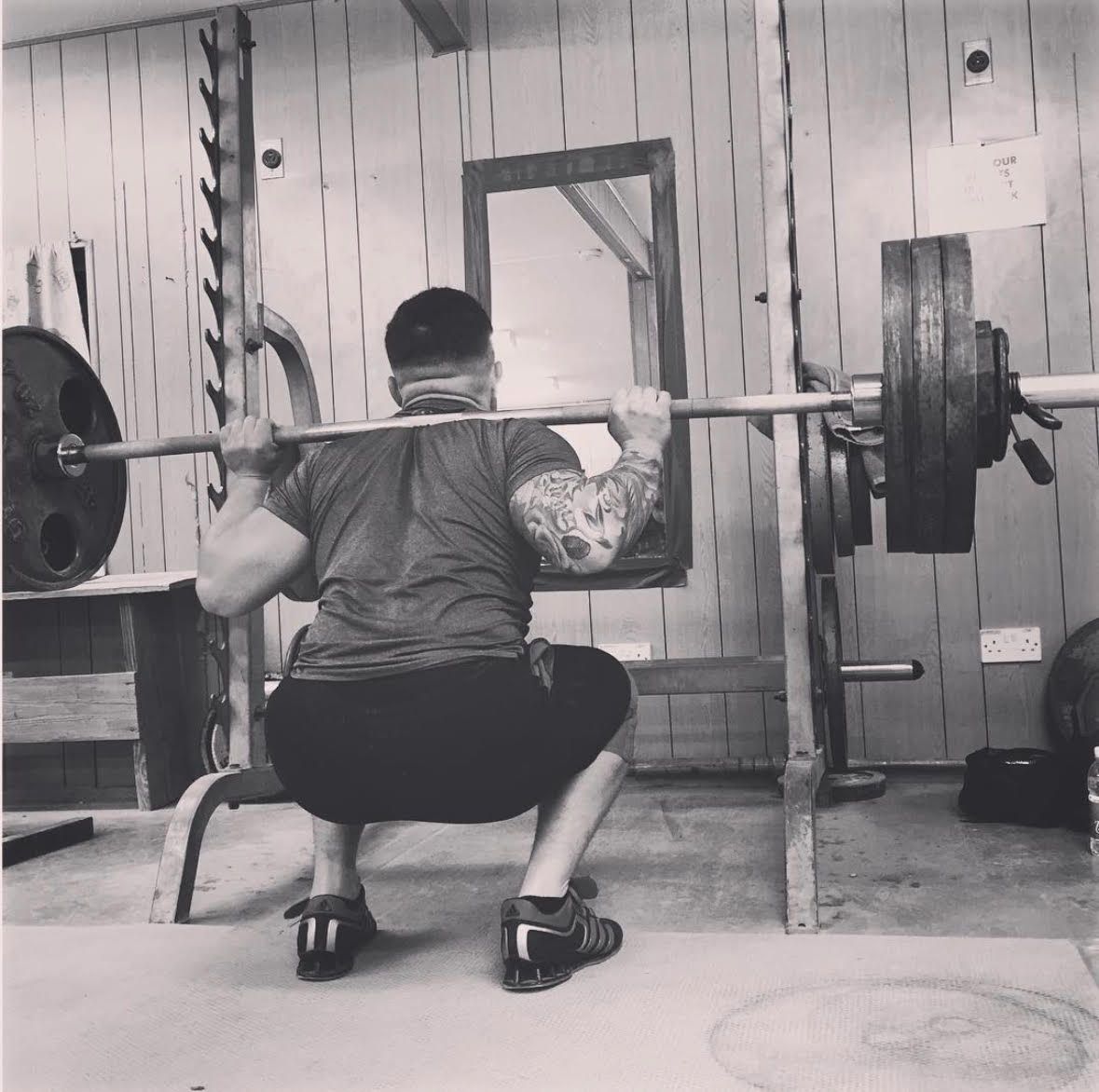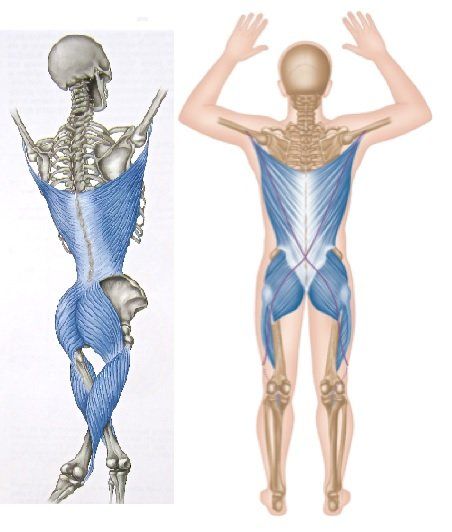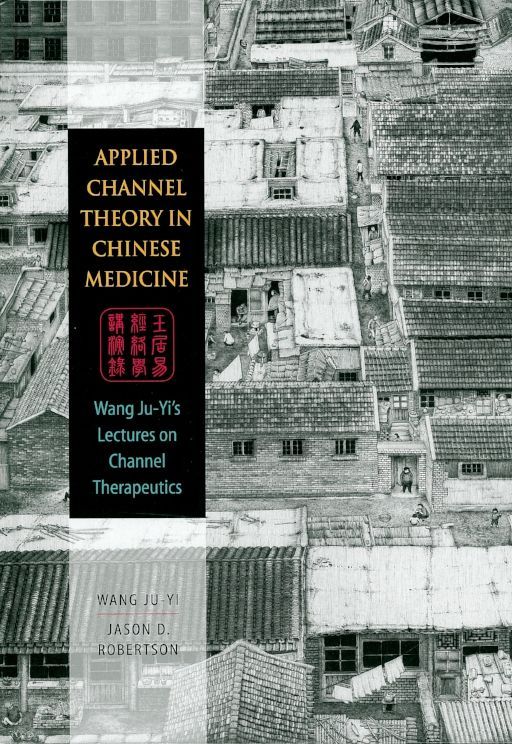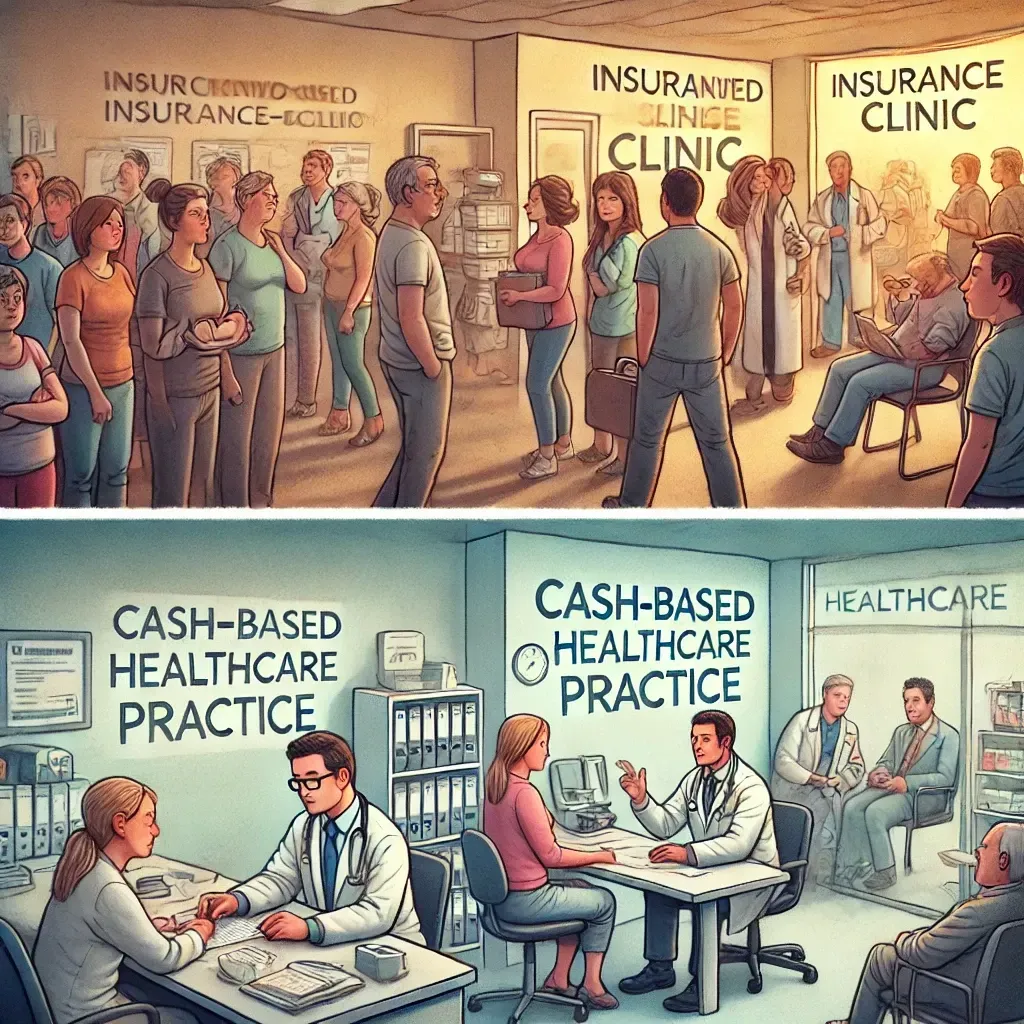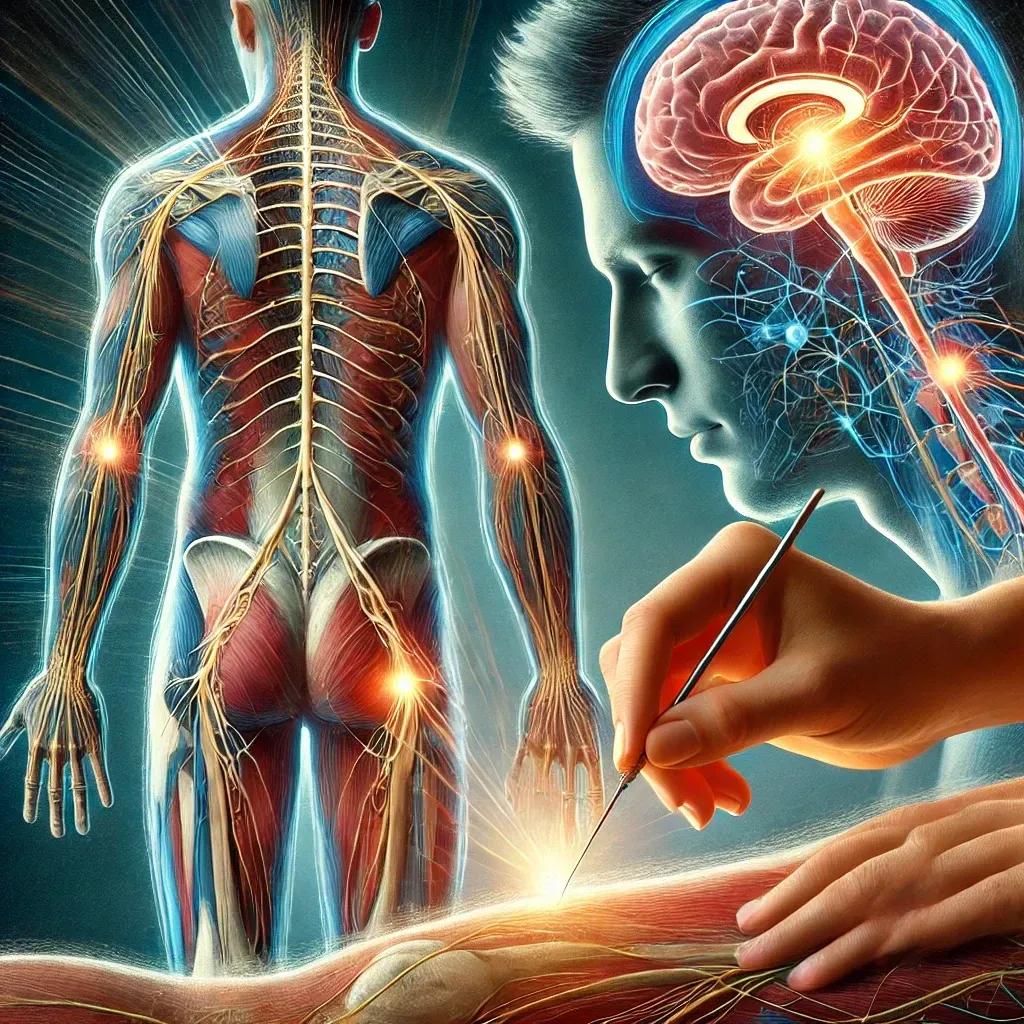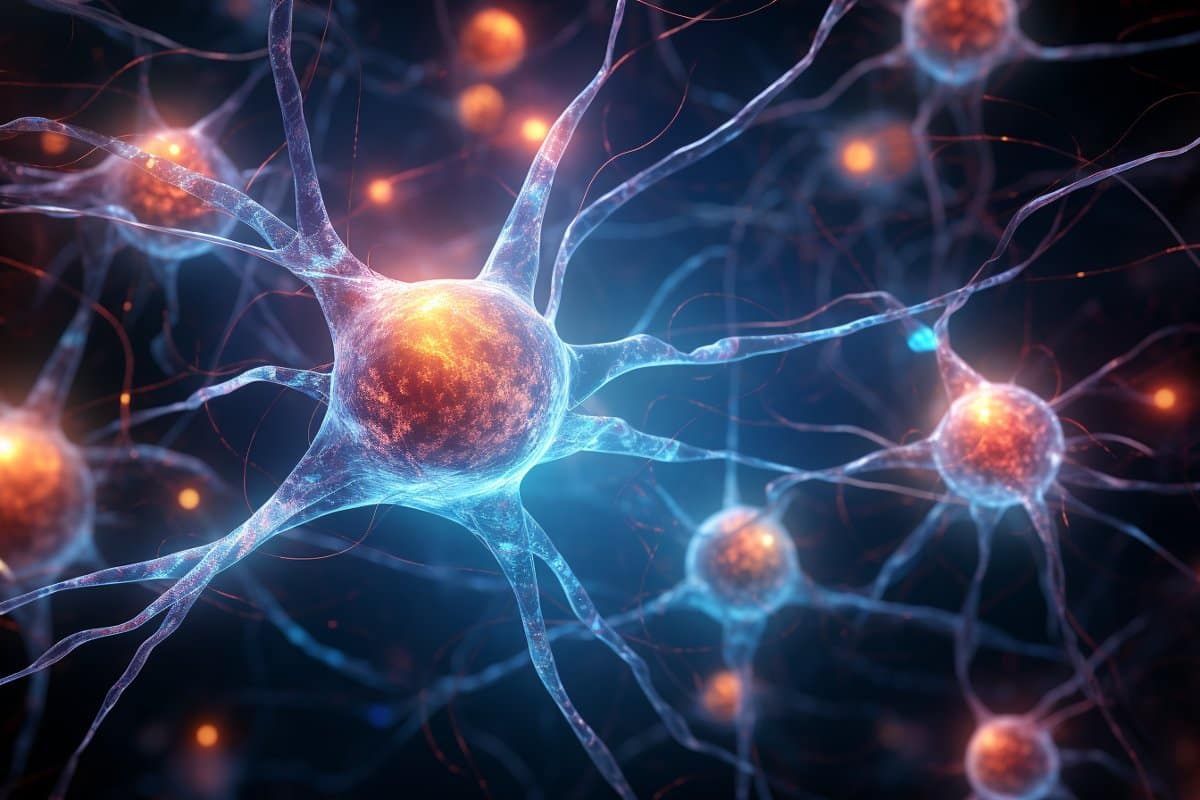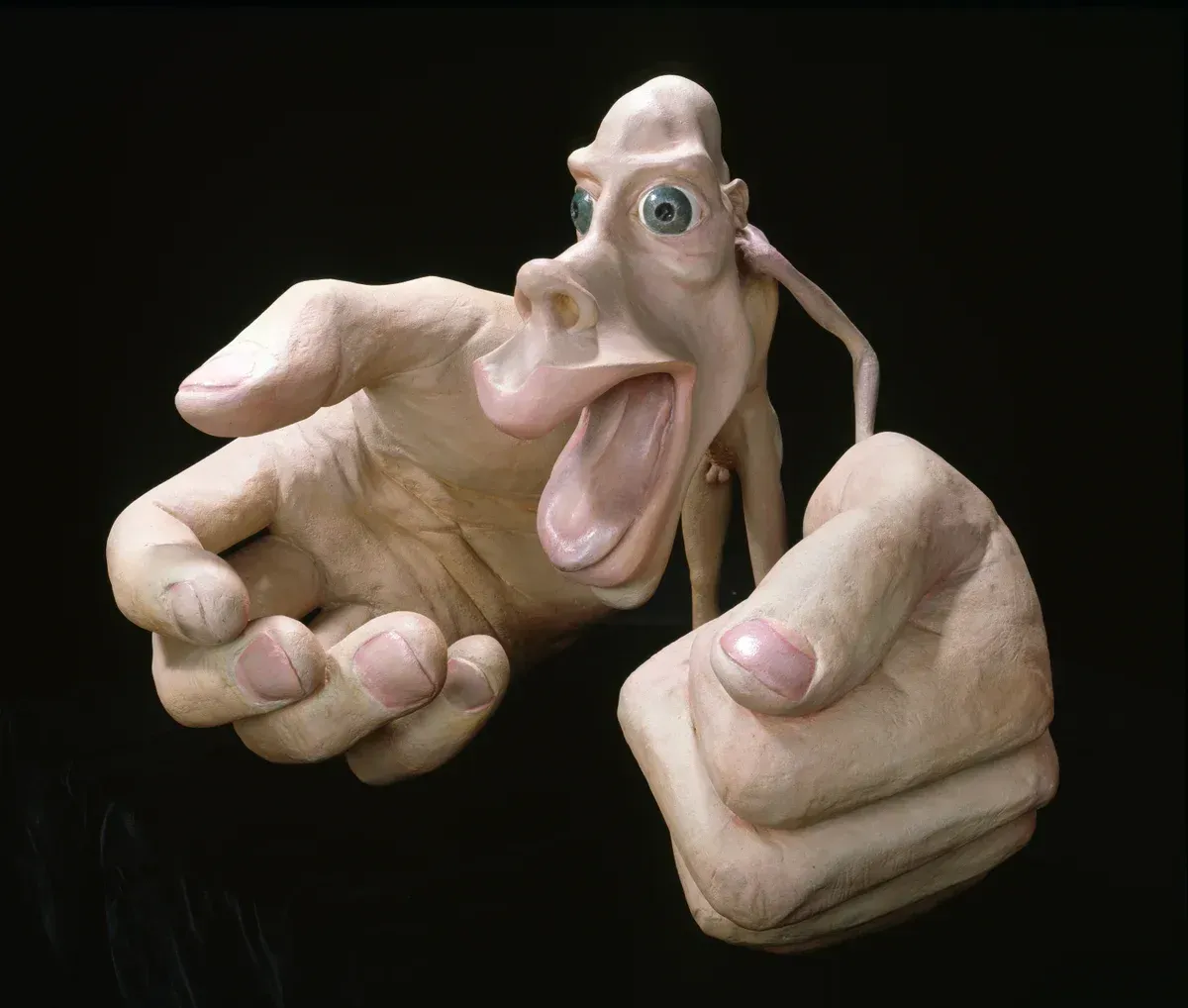How Acupuncture Works:
The Science Behind Pain Relief
&
System Reset
(Fixing a Car’s Dashboard Light)
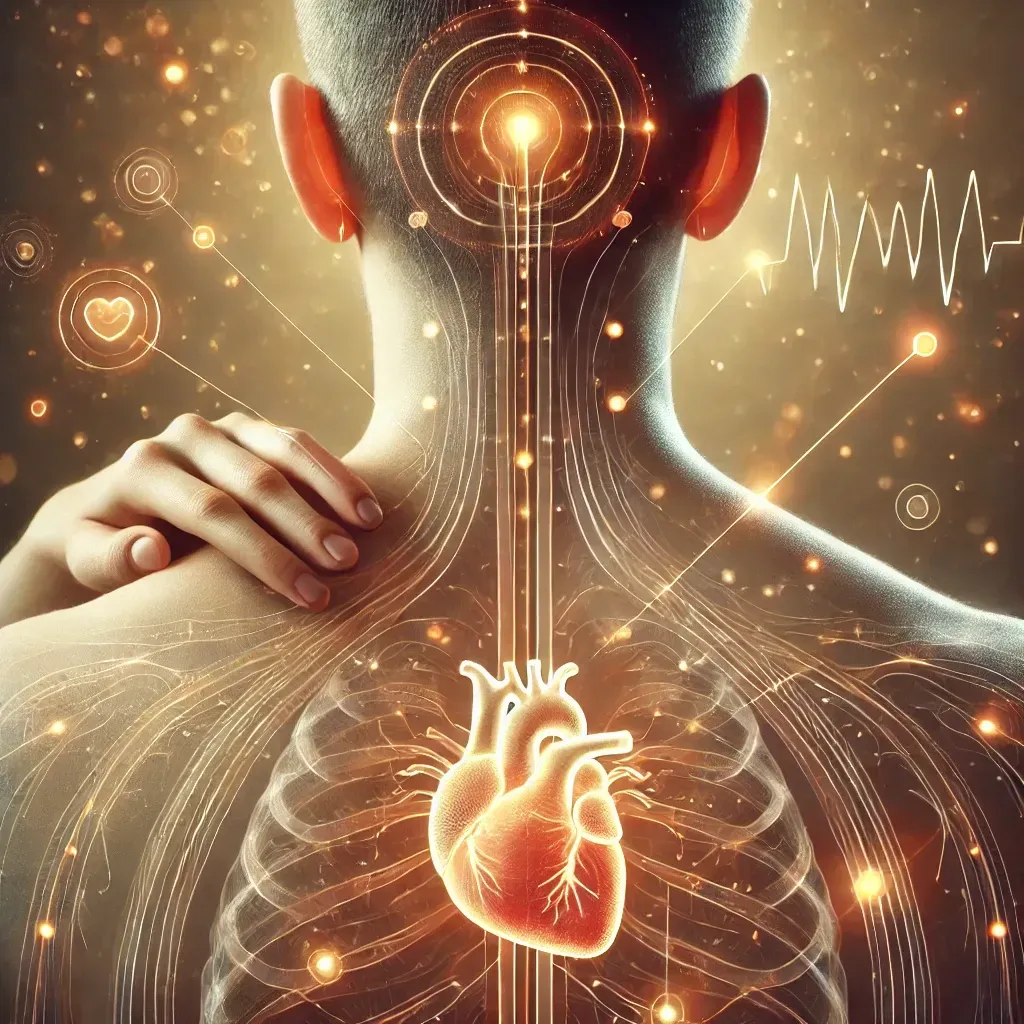
Introduction: Pain as a Warning Light
Imagine you’re driving, and suddenly, the check engine light appears on your car’s dashboard. This doesn’t mean the light itself is the problem—it’s just alerting you that something is wrong under the hood.
Pain works the same way. It’s a warning system that tells your brain something in your body needs attention. But what if that pain signal stays on long after the issue has been addressed? That’s where acupuncture comes in—it helps reset your body’s warning system, turning off unnecessary pain alerts so your body can heal properly.
Modern neuroscience has shown that acupuncture influences nerves, the spinal cord, and the brain in a way that helps regulate pain—just like fixing a car’s problem makes the warning light disappear. Let’s take a closer look at how this works, based on scientific research.
✅
Turning off unnecessary pain signals (resetting the dashboard light).
✅
Releasing natural painkillers (flushing the engine system).
✅
Balancing the nervous system (fixing the root cause, not just masking the issue).
Needles Wake Up Nerve Sensors (Checking the Engine Sensors)
Just like your car has sensors for oil levels, tire pressure, and engine temperature, your body has nerves that act as pain sensors. These nerves, called A-delta and C fibers, detect pain, pressure, and temperature changes in the body.
When an acupuncture needle is placed in the skin, it stimulates these nerve sensors, sending a signal to the spinal cord and brain that tells the body to re-evaluate its pain response (Dorsher & da Silva, 2022).
Scientific Explanation:
Goldman et al. (2010) found that acupuncture increases adenosine levels at the site of needling. Adenosine is a neurotransmitter that binds to A₁ receptors, reducing the activity of pain-sensitive nerves. This works like a temporary painkiller at the local level, blocking excessive pain signals before they even reach the spinal cord.
Car Analogy:
Imagine your car’s tire pressure warning light turns on, but you check the tires and see that everything is fine. In this case, the warning light isn’t necessary anymore—it’s just stuck on. Acupuncture works like resetting that sensor, telling your body, "Hey, there’s no problem here. You can turn off the pain signal now."
The Spinal Cord Controls the Volume (Adjusting the Dashboard Display)
Your spinal cord acts like the dashboard control panel for your car. It decides which warnings to send to the brain and which ones to filter out.
Acupuncture changes how pain is processed in the spinal cord, reducing the intensity of pain signals before they ever reach the brain (Melzack & Wall, 1965).
Scientific Explanation:
- Acupuncture stimulates inhibitory interneurons in the spinal cord, which release enkephalins and endorphins—natural opioids that block pain signals from traveling upward (Han, 2004).
- This effect follows the Gate Control Theory of pain (Melzack & Wall, 1965), where acupuncture excites non-painful sensory pathways (such as pressure and touch fibers) that compete with pain signals, effectively "closing the gate" on pain.
Car Analogy:
Think of your car’s volume knob—if your car is making a loud beeping noise, you can turn down the volume to make it less annoying. Acupuncture does the same thing—it turns down the pain signal before it reaches your brain, making the pain less noticeable.
The Brain Sends Out Its Own Painkillers (Flushing the Engine System)
Once the spinal cord processes the acupuncture signal, the message is sent up to the brain, where it activates pain-relief centers.
Acupuncture triggers endorphins, serotonin, and dopamine release in the brain, which work together to reduce pain perception and improve mood (Han, 2004; Huang et al., 2021).
Scientific Explanation:
- The periaqueductal gray (PAG) in the brainstem is a key pain-control center. Acupuncture activates this region, leading to the release of endorphins, which block pain receptors throughout the body (Han, 2004).
- Serotonin and norepinephrine are also increased, further reducing pain transmission by strengthening descending inhibitory pathways (Liu et al., 2021).
- Acupuncture’s ability to stimulate multiple neurotransmitters is why it is effective for both acute pain and chronic conditions.
Car Analogy:
Imagine your car’s engine has built-up sludge that’s making it run poorly. Acupuncture works like an engine flush, helping your brain clear out pain chemicals and replace them with fresh, high-quality fuel (endorphins) that make the system run smoothly again.
Resetting the Nervous System (Fixing the Root Problem, Not Just the Light)
Chronic pain can be caused by inflammation, stress, or nerve dysfunction, which keep pain signals on high alert, even when there’s no real danger.
Acupuncture helps restore balance by engaging the autonomic nervous system, reducing stress, and calming the immune response (Torres-Rosas et al., 2014).
Scientific Explanation:
- Acupuncture activates the vagus nerve, which communicates with the adrenal glands to reduce inflammatory cytokines (Torres-Rosas et al., 2014).
- Studies found that electroacupuncture at ST36 (a common leg acupuncture point) significantly reduced excessive inflammation by engaging the vagal-adrenal pathway (Liu et al., 2021).
Car Analogy:
Think about a faulty sensor in your car—if the check engine light keeps coming on for no reason, covering it with tape doesn’t fix the issue. Acupuncture works like repairing the actual problem, not just hiding the warning sign.
Conclusion: Acupuncture as a Mechanic for Your Nervous System
Pain is like a warning light on your car’s dashboard—it serves a purpose, but if it stays on for too long, it becomes a problem itself.
Acupuncture helps reset your body’s warning system by:
✅
Turning off unnecessary pain signals (resetting the dashboard light).
✅
Releasing natural painkillers (flushing the engine system).
✅
Balancing the nervous system
(fixing the root cause, not just masking the issue).
Modern science confirms that acupuncture engages the nervous system, spinal cord, brain, and immune system in ways that reduce pain and restore balance. Just like taking your car to a mechanic, acupuncture helps your body run smoothly again—without relying on temporary fixes!
References
- Dorsher, P. T., & da Silva, M. A. H. (2022). Acupuncture’s neuroanatomic and neurophysiologic basis. Longhua Chinese Medicine, 5, 8. https://doi.org/10.89/acu.2009.0638
- Goldman, N., et al. (2010). Adenosine A1 receptors mediate local anti-nociceptive effects of acupuncture. Nature Neuroscience, 13(7), 883–888. https://doi.org/10.1038/nn.2562
- Melzack, R., & Wall, P. D. (1965). Pain mechanisms: A new theory. Science, 150(3699), 971–979. https://doi.org/10.1126/science.150.3699.971
- Han, J.-S. (2004). Acupuncture and endorphins. Neuroscience Letters, 361(1–3), 258–261. https://doi.org/10.1016/j.neulet.2003.12.019
- Liu, S., et al. (2021). A neuroanatomical basis for electroacupuncture to drive the vagal–adrenal axis. Nature, 598(7882), 641–645. https://doi.org/10.1038/s41586-021-04001-4
- Torres-Rosas, R., et al. (2014). Dopamine mediates vagal modulation of the immune system by electroacupuncture. Nature Medicine, 20(3), 291–295. https://doi.org/10.1038/nm.3479
